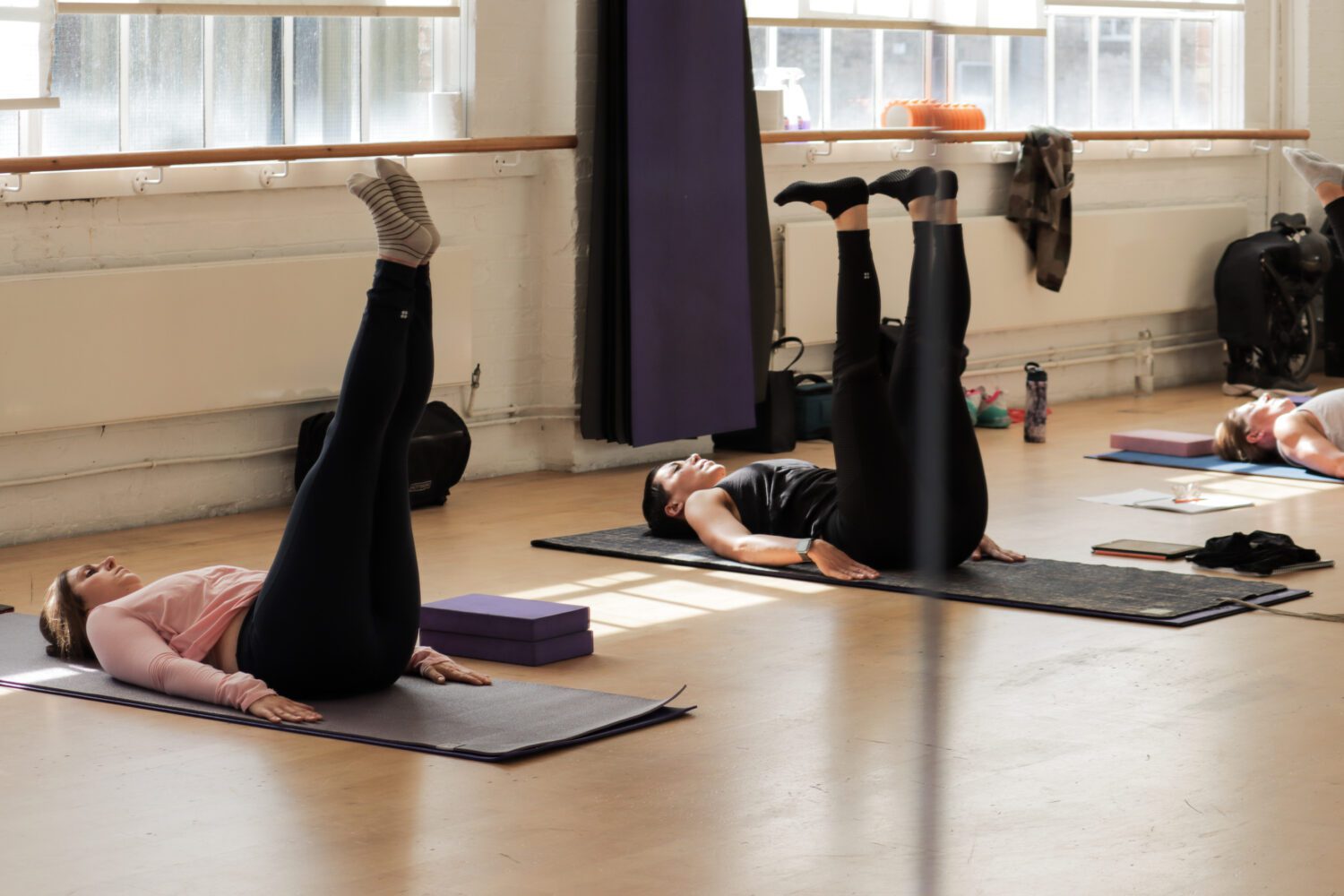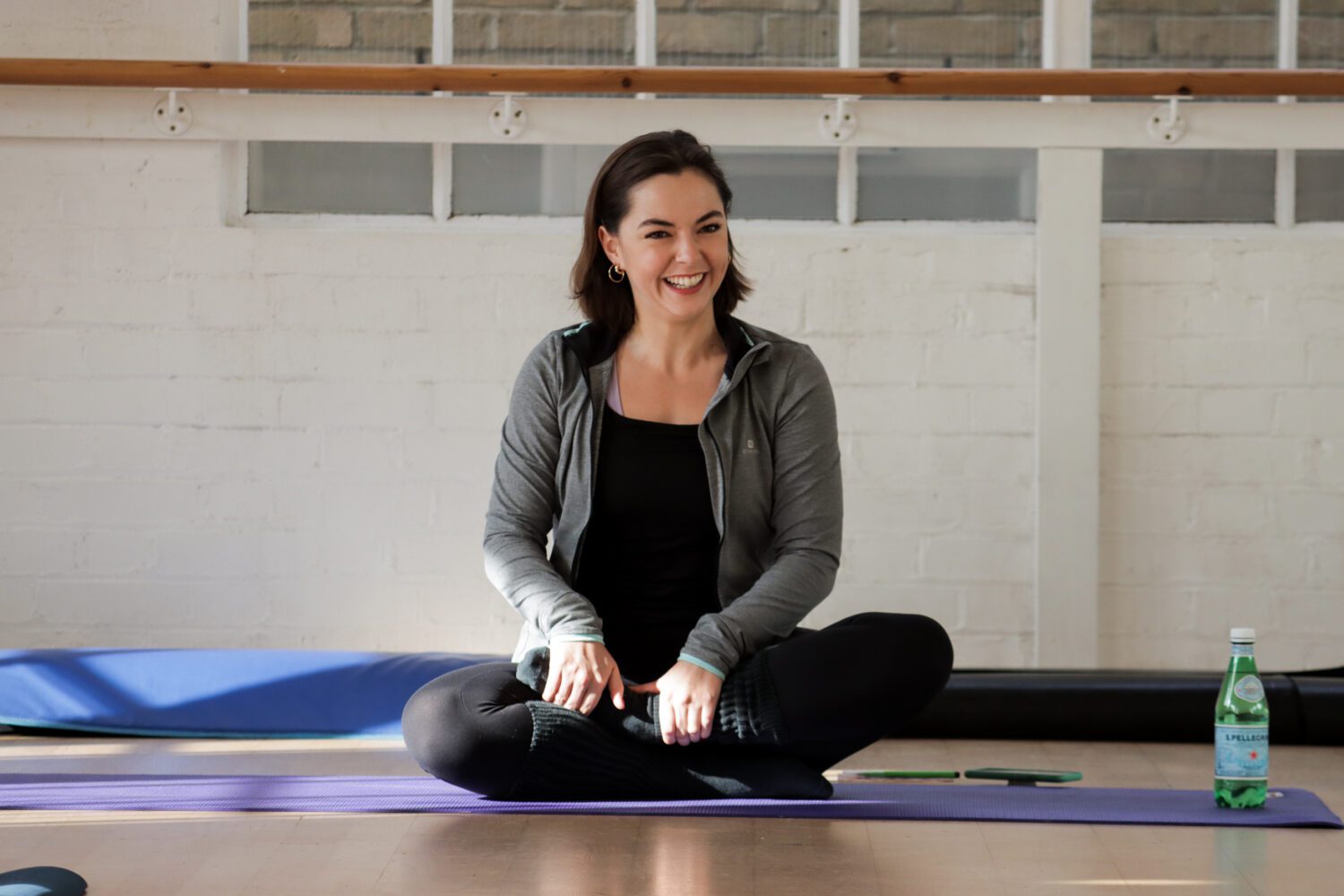Sometimes these things get lost in translation as everyone seeks the next latest fad workout, but the truth is you won’t be able to do the latest hottest workout if you don’t take care of your body first! And Pilates provides an effective way to do just that, to heal the body from injury and also prevent them in the long run.
This means Pilates is more than just a workout as it is also used for rehabilitation purposes and has been since its inception by Joseph Pilates in British hospitals during World War 1 to treat victims of the war and Polio patients. Today, many people come to Pilates after car accidents or other traumatic incidents and surgeries in order to heal themselves. Pilates can help put people back together and make them better than ever!
Sometimes you have to start from scratch with the most basic movements when undertaking a healing journey.

Practising Pilates with a qualified Pilates instructor is a necessary requirement when recovering from an injury or surgery. The reason for this is to ensure you do not re-injure yourself or overcompensate using another muscle group too much! A well-educated instructor will know how to safely modify any exercises as well as track your progress to know when you are ready to add on more variations and be challenged further.
There are many things we do every day that we take for granted: sitting, standing, walking, just to name a few. But what if you injured your ankle and couldn’t walk? Imagine yourself on crutches for a few days, and then think about what that will do to your body. Chances are your other leg will be taking the brunt of your ability to “walk”, which means it will get stronger while the muscles in the other leg will begin to atrophy. This causes imbalance, which can affect your entire body.
This is, of course, a necessary part of the healing process because rest is always a must after an acute injury. However, if you tried to get back into the swing of things right away without anybody’s awareness or strength building, chances are high you could re-injure yourself. Pilates, when used in conjunction with good physical therapy, can look at your habitual movement patterns and help you strengthen and re-train your muscles so that injury does not happen again. In this case, perhaps there is a regular misalignment between your feet, ankles, knees, and hips that occurs when you walk and one area in this line deviates instead of tracking in a straight line. This means any misstep could cause an injury! Pilates exercises such as the Shoulder Bridge and Footwork on the Reformer will help correct this.

Many injuries also happen due to a lack of core strength, which is made up of the abdominal, lower back, hip, and pelvic floor strength as integral components of the Pilates method. Whether recovering from a pulled muscle in the lower back or hip surgery, learning to connect to your core will improve your quality of life so that you can learn to move more effectively and with less pain in the long run.
Taking an advanced Pilates training course will help prepare you to teach students with a variety of injuries and conditions. You can help them by learning modifications, cues, and ways to advance the Pilates exercises safely and effectively for all populations by enrolling in our Specialist Diploma program in Advanced Pilates at Future Fit Training.